Description
Smooth Cayenne, Hilo, St. Michael, Giant Kew, Charlotte Rothschild, Perolera, Bumanguesa, Monte Lirio, Cabezona, Valera, Valera Amarilla, Valera Roja, Castilla, Cumanesa, Morada, Monte Oscuro, Brecheche, Caicara, Chocona, Congo Red, Panare, Santa Marta, Cacho de Venado, Pearl, Mauritius, Singapore Red, Queen
Ananas comosus is the scientific name for this plant. Bromeliaceae is a family of plants.
Raw pineapple is high in manganese (76 percent of the Daily Value (DV) in a one-cup serving) and vitamin C. (131 percent DV per cup serving). Bromelain, a proteolytic enzyme that breaks down protein, is found mostly in the stem of pineapple.
Bromelain is largely found in the inedible stalk, therefore the amount in the fruit is unlikely to be substantial. In addition, an eaten enzyme such as bromelain is unlikely to survive the proteolytic processes of digestion intact.
Raw pineapple juice can be used as a meat marinade and tenderizer if it contains enough bromelain. Pineapple enzymes might cause problems when making some foods, such as jelly or other gelatin-based desserts, although they are neutralized during heating and canning.
You can experience the tropical taste of pineapple in an easy-to-use, low-waste form with Pineapple Juice Powder. It’s sweet and flavorful, with a tang of apple and citrus from whole pineapple. You get superb pineapple flavor with no wet or sloppy containers to store and a longer shelf life because this is pure pineapple juice sprayed over an inert tapioca maltodextrin.
Pineapple is native to South America, with its origins most likely in Brazil. Originally known as ananas in the Tupi language, Christopher Columbus dubbed them pias because of their similarity to a pine cone. As part of the Columbian Exchange, a huge transfer of goods and people between the Americas and Spain, he brought them back to Europe. When the pineapple arrived in Europe, King Ferdinand pronounced it “the most delectable fruit in the world” and ordered pineapples to be grown in hothouses. Because the hothouses were expensive to construct and maintain, the plant quickly became a status symbol, as only the wealthy could purchase these fruits.
Kitchen Suggestions
In circumstances where you want the flavor of pineapple but not the texture, Pineapple Juice Powder can be substituted for pineapple. To give your favorite juice a tropical flavor, add it to it. Blend into smoothies, swirl into yogurt, or top ice cream with. To lighten up the flavor, try adding it to scones or muffins. Drizzle over peach cobbler in a glaze made with powdered sugar. Use in grilled chicken marinades or on white fish like cod or haddock. Add a fruity kick to seltzer water cocktails without the juice, pour into cosmopolitans, or use to rim a margarita glass with salt and sugar.
Pineapple juice and tapioca maltodextrin make up our Pineapple Juice Powder. It’s free of gluten.
Our Pineapple Juice Powder is made from pineapples farmed in Sri Lanka.






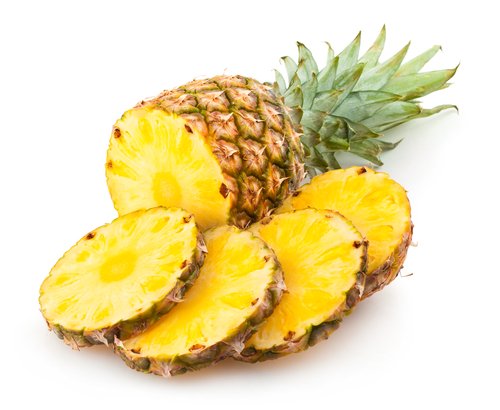

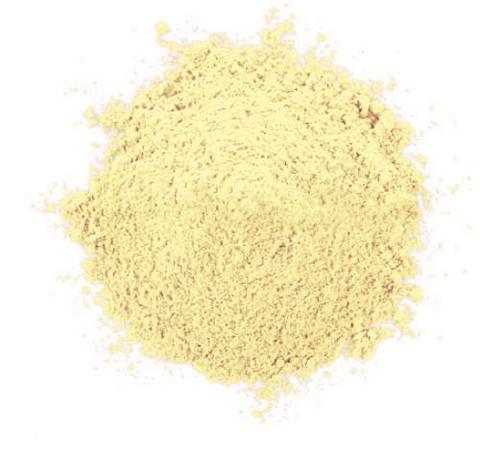
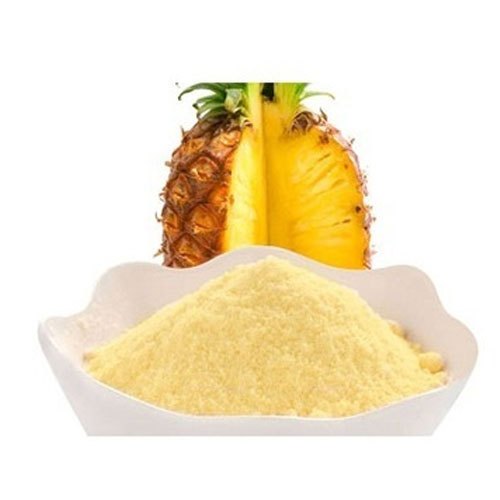

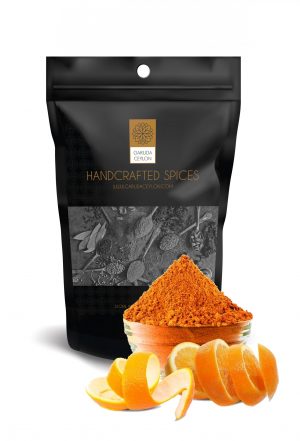
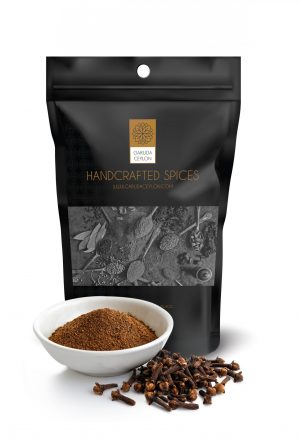
Reviews
There are no reviews yet.